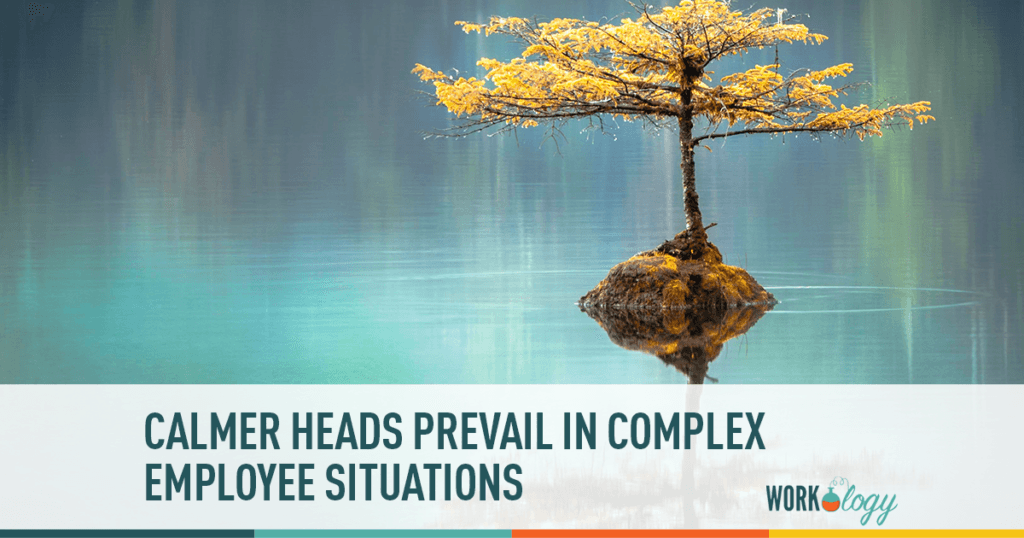There are a few different profiles when it comes to organizational risk as it pertains to Employee Relations. You have the organizations that slap-happy risky. These are the companies that do whatever they want without regard for consequences. They expect employee claims and suits to come against them, but that doesn’t move them much. Often times, these companies have money – making it even easier for them to settle a dispute and move on somewhat unscathed.
On the other end of the spectrum, you have the risk-averse organizations who would rather die than to be sued by an employee. These companies mean well, but their approach to ER issues are equally as damaging as the slap-happy risky companies. Their penchant for going above and beyond to avoid and/or remedy claims or conflict is admirable – yet not a surefire way for eradicating the possibility of any future ER issues.
Employee claims will happen.
Try as you may, someone in your organization will make a claim on you at some point. The key is to not panic and plan your next step from a place of fear.
I am often perplexed when I see people with zero stomach for having to relay difficult messages or dealing with litigious matters in Employee Relations positions. Why would you do that to someone? Better yet, why would you do that to your organization?
There are places for the meek in every organization. I’m not sure that Employee Relations is the place where I would place really nice, but indecisive people. Conversely, it isn’t the place for bull-headed individuals either. Decisive, critical-thinking, and calm are just some of the necessary attributes that come to mind when I think of the nature of the work in Employee Relations.
Here’s an example:
Recently, I heard from someone who was finishing up an investigation regarding a manager and employee at odds. The final disposition report was written up and submitted to the general counsel at the company. Due to some of the risque findings and the level of the manager, general counsel suggested that the actual findings be kept separate from the final report. He also asked for “tweaking” of some of the wording in the final report.
This tampering with the investigation write-up was not solid advice. One of the two investigators were part of the risk-averse family and panicked. Off he went revising the language of this report from what was intended to something more “frilly” and less harsh.
It was the second investigator that questioned the revisions to the report – only to get concurrence from general counsel that it was both necessary and right to leave the report as-is. Granted the guidance from general counsel was not clear, but if something doesn’t seem right – do we not ask questions or make better suggestions?
Some may argue that it was risky to question the general counsel’s order, but the reality is the employee being affected by her manager’s behavior would file a lawsuit in a heartbeat if somehow all that she claimed is painted in a different light to suit the manager’s stature in the organization. Reacting frantically to what was asked of the investigation team without considering the potential impact to the investigation is a rookie move – not to mention that fudged findings can put you on litigious ground unnecessarily.
Calmer heads in Employee Relations will always prevail.
Managing risk and conducting investigations requires a certain temperament. You need to be able to ask the right questions that will lead you to the answers you seek. We also need to welcome collegial discourse that allows one party to respectfully question a practice that doesn’t seem right without being seen as a troublemaker.
In my experience, the power of managing risk from an employee relations standpoint is in the concerted efforts among all of the team members that touch the process.
If you are in charge of an HR department, please be sure you are putting the right people in ER positions and not just anyone who thinks they can do the job. Please and thank you!







